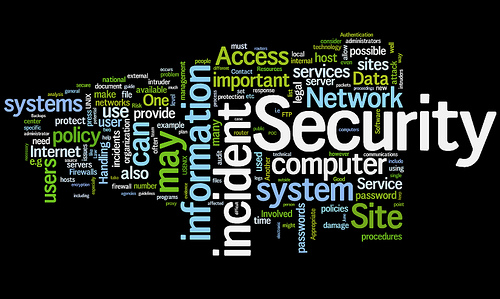Which Threats Are More Relevant Within Hybrid or Remote Operations?

Business owners are acutely aware that cyber threats are a tremendous risk for any company and one that is growing every year. Additionally, the recent pandemic threw many companies into disarray as they tried to pivot their business operations quickly. Most companies that could physically evolve into remote or hybrid operations did. And many of these companies have decided to keep remote or hybrid operations as a long-term operational model because it provides many advantages, such as an increased pool of potential employees and massive cost savings.
Unfortunately, one area that becomes more complicated with remote and hybrid operations is cybersecurity. Even in the earliest days of the pandemic, cybercriminals took advantage of the situation. The FBI reported an up to 400% increase in the number of attacks on any given day. And the attacks have been relentless since that time.
A wide range of threats can leave your business vulnerable to a cyber attack. Anything from insufficient employee training to inadequate update schedules can leave your company open to a costly attack. However, some of these threats are more prominent than others in a hybrid or remote environment. Some of the top threats to monitor include:
- Unsecured endpoints: Every device an employee uses provides a possible way to access a network. Unfortunately, with a shift to remote and hybrid operations, it became easier for employees to use personal devices while working. In fact, nearly two-thirds (69%) of remote workers report using their personal laptops for work activities, but this is a massive threat since these devices often lack the same level of security that we see with endpoints managed by a company. In addition,IT departments cannot also access employees’ home networks, providing another unprotected route for cyber threats.
- Circumventing VPNs: Virtual private networks (VPNs) provide a great way to keep remote and hybrid workers protected from cyber threats. They establish a secure connection where data can be encrypted before sending and decrypted upon receipt. Unfortunately, employees may not use VPNs all of the time since they can be slow or have unstable connections. But without a VPN connection, remote workers are at risk, especially if using public networks.
- Unsecured remote networks: Employees are on networks with weak or non-existent security when bypassing a VPN and working from home. They often lack Wi-Fi security, device security, firewalls, or even antivirus software. In addition, a lack of bandwidth can make updates and patches harder to install, leaving your employees with even less protection.
- Distractions: Many employees report being much more productive with a remote or hybrid arrangement. However, employees have more distractions at home, and these distractions can be a major security threat. Adequate policies and procedures for remote working and enhanced employee training can substantially combat this threat.
- Third-party apps: Along with an increase in the use of personal devices for work, there has been a steady increase in the number of third-party apps that employees use to achieve the same level of communication and collaboration as they can in person. Unfortunately, many of these apps have very few security measures, presenting another tremendous risk.
As you can see, there are a few key threats to be aware of for remote and hybrid workers. And the reality is that these threats are real. IT leaders report the following statistics related to increased remote and hybrid working arrangements:
- 54% saw an increase in phishing
- 56% saw an increase in infections from web browsers
- 44% saw infected devices being used to spread an infection throughout the company
- 45% saw infected printers being used to start a cyber attack.
Data is crucial for many aspects of business operations, and data breaches are incredibly costly. And with the emergence of so many threats, businesses are looking for solutions to keep their data safe. One solution is using cloud computing with inherent security measures that account for the deficiencies found elsewhere.
Unlike traditional security measures that focus on containing the devices within a physical network, cloud-based security doesn’t require this geographic boundary. Rather, the security is found wherever it is needed, whether it is with the user, the device, the app, or the data itself. And cloud computing often provides cybersecurity whether your employees use a VPN, connect directly to the internet, or use a mobile device.
It’s one of the easiest ways to ensure adequate and consistent security no matter where your employees are physically located. To learn more about how cloud computing can safeguard your remote and hybrid employees, contact Sagacent Technologies today.
Sagacent Technologies offers technology management and support, including proactive/preventative maintenance, onsite and offsite data back-ups, network and security audits, mobility solutions, disaster planning, and emergency business resumption services. The company serves clients of 10 to 150 employees within the Silicon Valley region.
